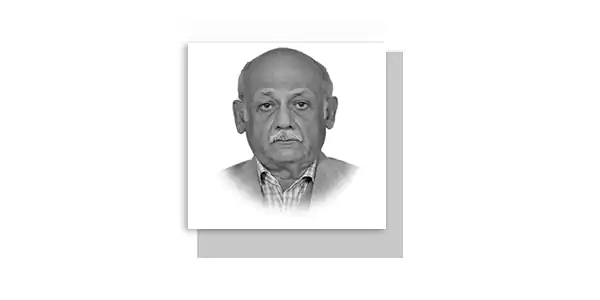THE relationship between India and Pakistan needs a lot to be desired. Since the dawn of independence the relationship between two nuclear powers of South Asia has been fraught with enmity, bitterness, mistrust and antagonism and has been one of the most enduring and dangerous rivalries in modern world history. This bitter rivalry has resulted in three major wars many border skirmishes and a mad arms race that culminated in the acquisition of nuclear weapons by both countries. In spite of the bitter antagonism we can still learn some lessons from India because Pakistan like India suffers from the curse of illiteracy.
Over the last seven decades the education system of India has evolved gradually yet phenomenally. From a literacy rate of 15% in 1947 they have moved up to 78% in 2022. Today the education system in India is the largest and strongest in the world with more than 315 million enrolled students and 1075 universities including state of the art IT and engineering centers of research and development. As we celebrate the international literacy day Pakistan today has just 244 universities and a literacy rate of hardly 59%.The first lesson we can learn and copy from India is the legislation they have adopted in their educational history. The Indian constitution recognizes education as a fundamental right for children aged six to fourteen and aims to provide free and compulsory education to all. The law seeks to remove barriers that prevent children from attending school such as poverty, discrimination and social traditions.Pakistan is still saddled with the different forms of education systems like the local system of Matric, the O/A level system and the Madrasah system with no mechanism of checks and balances.While enrollment and retention rates are improving, progress has been slow to improve education indicators in Pakistan. An estimated 22.8 million children aged 5-16 are out-of-school.On 23rd August 2023 India was successful in landing its lander and rover called Vikram and Pragyan from its unmanned space craft named Chandrayaan 3 on the south polar region of the moon and thus became the first country in the world to accomplish this technological space travel feat. India is now recognized as a major space power along with the USA, Russia and China. This is a giant leap forward for India in the field of Science and Technology. This achievement of Indian space scientists will now generate huge investments in satellite based businesses and private space launches and the Indian space engineers will receive a huge boost in their future efforts in space exploration. The National Policy on Education (NPE) of 1968 marked a significant turning point in India’s educational landscape. This policy laid the foundation for modernizing education in the country, with a strong emphasis on science and technology education. It led to the establishment of numerous technical institutes and research centers, contributing significantly to India’s scientific and technological progress. The Midday Meal Scheme launched in India in the 1990s is another unique initiative that combines education and nutrition. It provides nutritious meals to school children, thereby addressing both malnutrition and increasing school attendance. The scheme has been a tremendous success in increasing school attendance, particularly among children from low-income families. Parents are more inclined to send their children to school when they are assured of a daily meal.
Another landmark education reform scheme of the Indians is called Rashtriya Madhyamik Shiksha Abhiyan this scheme is aimed at improving the quality of secondary education by improving the infrastructure in govt. schools by the construction of class rooms. Laboratories, IT Labs, and toilets. This scheme includes teacher training and recruitment. At the university level they have introduced the “Rashtria Uchchtar Shiksha Abhiyan” introduced in 2013. This scheme provides funding to state universities for the improvement of their infrastructure and academic quality.Ironically in Pakistan the Higher Education Commission has failed to deliver any meaningful scheme or policy to improve higher education. The operational budgets of universities has been frozen at Rs.65 Billion. Universities in Pakistan have been reduced to the level of colleges with hardly any research or scientific endeavor.
The ‘Digital India Initiative’ launched in 2015, aims to harness the power of technology to transform education and focuses on expanding digital infrastructure, promoting digital literacy and enabling access to online educational resources. Initiatives like Digital India have played a crucial role in making education more accessible, especially in remote and underserved regions. Another revolutionary initiative of the Indian Govt. is the National Digital Library (NDL) this has created a very comprehensive online depository of online educational resources, textbooks, research papers and multimedia content. This scheme provides free access to a huge collection of educational material of immense benefit for students and teachers both.
If we could only put our enmity and bitterness aside there is a lot we can learn from India, We can emulate their schemes of improving primary and secondary school education. Our top priority must be the improvement of our educational system especially in science and technology.
—The writer is Professor of History, based in Islamabad.
Email: tariq.aqil@headstart.edu.pk










